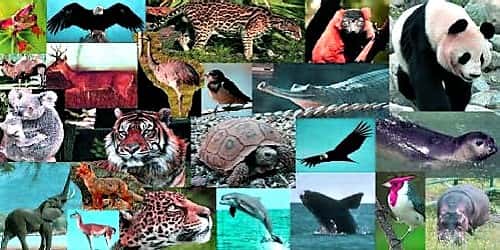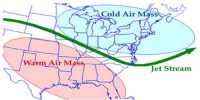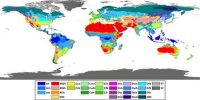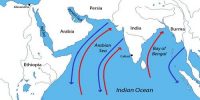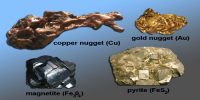Species Diversity
Biodiversity is a system in constant evolution, from a viewpoint of species, as well as from the viewpoint of an individual organism. Species Diversity is types of Diversity. This refers to a variety of species. It relates to the number of species in a defined area. The diversity of species can be measured through its richness, abundance, and types. Some areas are richer in species than others. Areas rich in species diversity are called hotspots of diversity.
Species diversity is the variety of species within an environment or a region. It refers to species richness and how consistently species’ abundance is dispersed. Species richness is the tenure that describes the number of dissimilar species in a specified region. The world total is probably at five to 10 million species, though only 1.75 million have been named systematically so far. For example, tropical North and South America has about 85,000 flowering plant species, tropical and subtropical Asia has more than 50,000 and tropical and subtropical Africa has about 35,000.
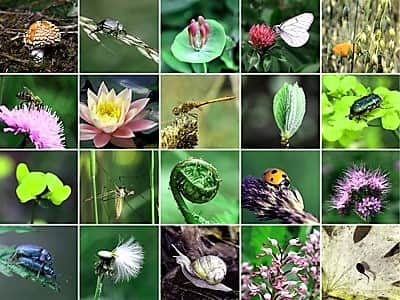
So, species diversity is defined as the number of species and abundance of each species that live in an exacting place. Abundance is the number of individuals of each species. For example, there might be 100 mountain beavers that live in a forest. You can talk about species diversity on a little scale, like a forest, or on a huge scale, like the total diversity of species living on Earth.
Species Diversity of Earth
A species can be defined as a group or population of related organisms that reproduce by interbreeding within the group. Members of a species do not normally reproduce with members of any other species. Members of an exact species possess regular characteristics that distinguish them from other species and this remains constant regardless of geographic location. Human beings, for example, belong to a single species — Homo sapiens and can effectively breed with different human populations around the world because they all belong to the same species.
Examples include all the species on Earth, ranging from plants such as bacteria, viruses, fungi, algae, bryophytes, pteridophytes, gymnosperms, angiosperms and all the species of animals including unicellular protozoans to mammals.
There are approximately 1.8 million different species classified on Earth. Of all the species identified, nearly one million are insects! New species are being discovered each year. Scientists estimate that there may be between 5 to 30 million species that really live on Earth. Each year, more or less 13,000 more species are added to this growing list of known species.
For example, in 2013, a species of a venomous snake called the green palm-pitviper was discovered in the country of Honduras. In 2014, a carnivorous mammal species called olinguito was discovered in Colombia and Ecuador.
Importance of Species Diversity
There are various reasons why species diversity is important. Each species has a role in the ecosystem. Each species has adapted to its own niche, which is characterized by definite features enabling the species to reproduce and thus sustain its population. For example, bees are the main pollinators. Imagine what would occur if bees went vanished.
Species diversity contributes to ecosystem wellbeing. Living in an ecosystem, the species interacts with its surroundings and thus performs definite functions. Each species is like a thread holding mutually an ecosystem. In a usual condition, these interactions and consequently the system is in equilibrium. If a species disappears, an entire ecosystem can start to unravel. Species diversity is vital for ecosystem strength. The loss of one species affects many other species and causes inequity. As a result, numerous functions within and of the system are not passed out anymore.
For example, in the Pacific Northwest, salmon holds together the entire ecosystem. Salmon carry rich nutrients from the ocean back to the stream surroundings. When salmon die, those nutrients are gobbled up by insects, plants, mammals, and birds. If salmon were to vanish, the impacts would be felt during the whole food sequence.
